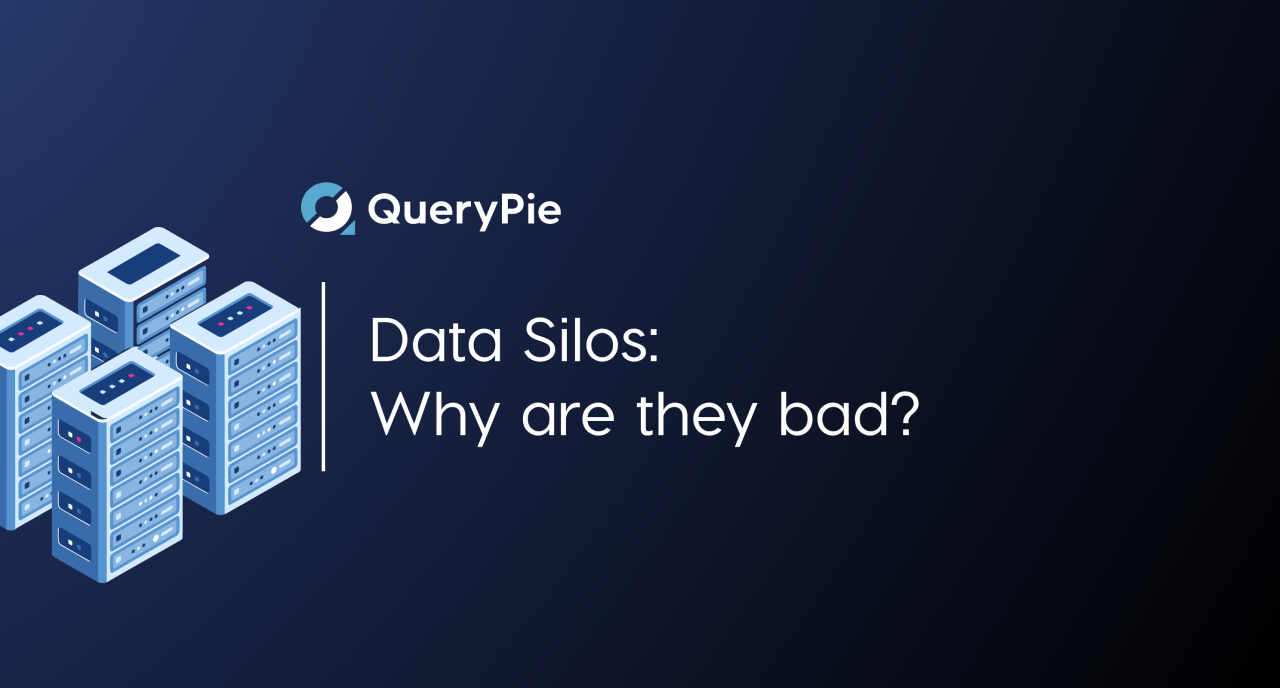
Why are data silos detrimental, and how to overcome them?
The term "silo" conjures images of tubular structures used to store grains in farms. As in a farm, a "data silo" is a repository for a department's data. A "farm silo" or a "data silo" is usually only accessible by the group that owns the data or has access to it.
Data sharing between departments may be limited in many organizations due to workplace policies and company culture. Consequently, an organization may have several data silos, each containing data required by a specific department. As an organization's structure evolves, larger data silos form as departments aggregate and store their data or duplicate it within a siloed environment. Additionally, an organization's preference for technological tools and solutions can lead to data silos since each solution is designed to store and manage data differently.
You can find a problem with data silos in any organization. Here are some reasons you may find them unfavorable.
Hinders business insights and collaboration
Data silos foster an independent work culture in which each department or team works with its own set of data and rarely communicates with one another. While data security is critical, denying users, such as C-level executives access to relevant data can lead to poor business decisions based on incomplete information. Data silos make it difficult to see the entire business holistically and gain a bird's-eye view of inefficiencies.
Furthermore, when different departments store data independently, it can be difficult for clients. Consider having to repeat a problem with each department because of a lack of data streamlining.
It affects Data integrity and accuracy
Data is the most valuable asset in any organization. However, storing the same data in multiple databases will result in data inconsistencies within departments and deterioration of data accuracy over time. Consider the sales team storing the same data in databases A and B when that data could be stored in a single database, saving storage space.
But what if the team only updates the data in database B? In such cases, the data in database A will become obsolete, unusable, and challenging to determine its accuracy. As a result of syncing issues, it becomes outdated.
领英推荐
Increases Storage cost?
Data silos have a significant impact on an organization's IT and data management costs. Data redundancy and duplication not only cause inconsistency but also raise storage costs. Furthermore, it impedes productivity, business growth, and management, ignores business opportunities, and limits data usage.
Weakens Security
Data dispersed across multiple systems can pose a security and management challenge. In the absence of defined access control, data is not only vulnerable to security breaches, but it may also fail to meet regulatory requirements.
Data silos may occur due to isolated data, but you can solve them.?
1. Centralize Data - Use a data warehouse or repository to combine data from different sources to store. Users can be granted access as per business needs while balancing confidentiality and the safety of data.
2. Data Integration - Organizations can use on-premise or cloud-based ETL (extract, transform, load) tools to extract, consolidate, and load data for analysis from source systems to a warehouse of the organization’s data center.?
3. Governed Access - You can use a data governance framework to provide centralized data access and control for access to required data without frequent interference from the IT team.?
4. Collaborative Culture - Often, the human factor drives the creation of data silos. Keeping a collaborative culture that encourages setting a shared vision and sharing common goals helps break down the siloed data walls.?
To wrap it up
Whether data silos occur intentionally or unintentionally, improving the quality of databases with applications and breaking down data silos by developing a data architecture makes a significant difference in the organization. Breaking down data silos necessitates a cultural shift within an organization and is more than a technical task. C-suite executives should set a good example and ensure that everyone is committed to sharing data transparently. Having a macroscopic and accurate view of the data throughout the organization will significantly increase visibility, productivity, and data analysis, resulting in better business decisions.